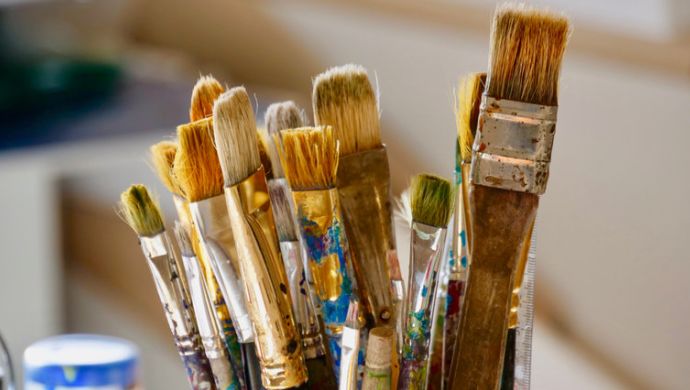
Non-fungible Tokens (NFTs) are currently the red hot topic in town, but why has NFT rocketed in publicity in recent years? It will be more meaningful to discuss what value NFT actually creates and what achievements it unlocks.
The essential problem is that no matter what kind of business model, it will still be choked by various digital and social platforms. When people post on social media, upload photos, music, and even videos every day, they also copy these files to platforms such as Facebook, YouTube, and TikTok.
When copying and pasting, they also transfer the ownership of the content to the platform. When the social platform uses this content to realise and earn huge wealth, creators did not earn any rewards or incomes.
Moreover, today Instagram blocked your account, or the App Store removed your app, or even Facebook reduced its reach. You can report it to the platform but it does not mean your problem can be resolved, so the final decision is not in your hands.
A game player bought a virtual treasure in a certain game. This object appears to belong to the game player, but he cannot let the game player decide whether it can be used on other platforms. The reason is that the ownership of these digital assets does not belong to the individual creator or purchaser, but is dominated by various platforms.
However, NFT is a solution that allows the ownership to really return to the creator’s hands when creators can really decide whether to put their creativity on the platform or not.
Also Read: NFT minting platform Mintable nets US$13M from Ripple, ex-advisor to Bill Clinton, others
We started FomosArt a year ago when the founders recognised fundamental issues with the NFT infrastructure that could impact future widespread use.
Realising that many NFTs were being stored on centralised servers with no secure path to ownership, FomosArt identified a key solution to an industry-wide problem.
Using the power of blockchain technology, FomosArt validates and verifies copyright ownership as part of the NFT-minting process and supports all creative work including music, video, visual art, photographs, written works and more, revamping an outdated system and offering creators a faster, more effective, modern solution to a copyright system unable to keep up with the changing modern world.
However, there are many challenges for creators and collectors:
- Most people still have doubts about crypto currency. There are many negative news
- The entry barrier is high, artists not only need to understand NFT, but also need to understand cryptocurrency and blockchain as same as collectors
- Artists don’t know how to create NFT how to display their NFT creations
- Collectors don’t know how to buy NFT and find favourite crypto art and how to display their NFT creations
- People still don’t understand and hesitate about NFT as much as cryptocurrency
So we assist artists in establishing their NFTs and displaying them on our platform so that collectors can see these works and even collect them. We want to enable young creators to understand NFT and hope they can understand and join this evolution.
–
Editor’s note: e27 aims to foster thought leadership by publishing views from the community. Share your opinion by submitting an article, video, podcast or infographic
Join our e27 Telegram group, FB community or like the e27 Facebook page
Image credit: 123RF
The post How NFT is bringing ownership of digital assets back to content creators appeared first on e27.

